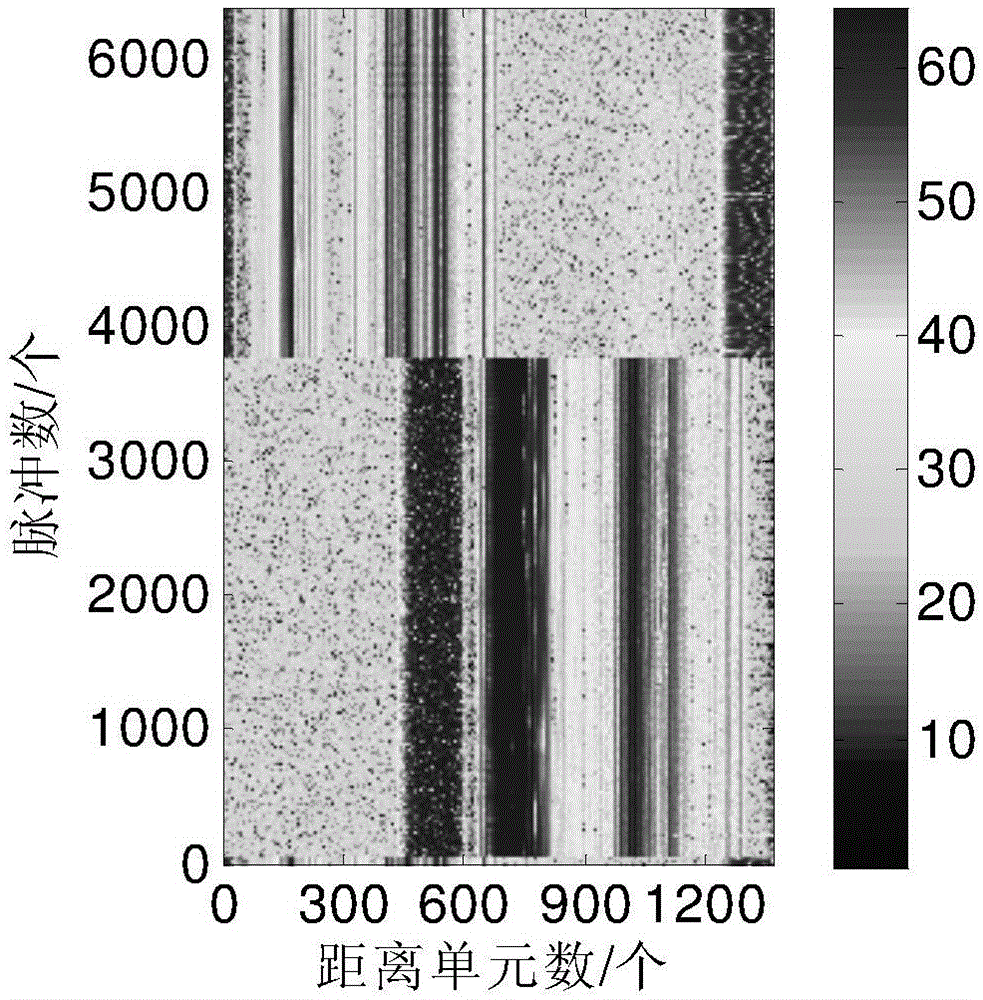A target detection method based on improved Radon transformation and multi-frame jointed processing
A target detection and multi-frame combination technology, applied in the field of signal processing, can solve problems such as performance degradation, difficulty in distinguishing targets and clutter, complex clutter background, etc., and achieve effective detection and offset reduction
- Summary
- Abstract
- Description
- Claims
- Application Information
AI Technical Summary
Problems solved by technology
Method used
Image
Examples
Embodiment Construction
[0041] The following will clearly and completely describe the technical solutions in the embodiments of the present invention with reference to the accompanying drawings in the embodiments of the present invention. Obviously, the described embodiments are only some, not all, embodiments of the present invention. Based on the embodiments of the present invention, all other embodiments obtained by persons of ordinary skill in the art without making creative efforts belong to the protection scope of the present invention.
[0042] refer to figure 1 , the specific implementation process of the present invention is as follows:
[0043] Step 1, use the adaptive moving target display filter to perform clutter suppression on the radar echo data after the pulse pressure, and form the data S corresponding to the first time-distance image M×L (k).
[0044] Specifically, the design method of AMTI (Adaptive Moving Target Display) filter can be found in the book: Wu Shunjun, Mei Xiaochun,...
PUM
 Login to View More
Login to View More Abstract
Description
Claims
Application Information
 Login to View More
Login to View More - R&D
- Intellectual Property
- Life Sciences
- Materials
- Tech Scout
- Unparalleled Data Quality
- Higher Quality Content
- 60% Fewer Hallucinations
Browse by: Latest US Patents, China's latest patents, Technical Efficacy Thesaurus, Application Domain, Technology Topic, Popular Technical Reports.
© 2025 PatSnap. All rights reserved.Legal|Privacy policy|Modern Slavery Act Transparency Statement|Sitemap|About US| Contact US: help@patsnap.com



